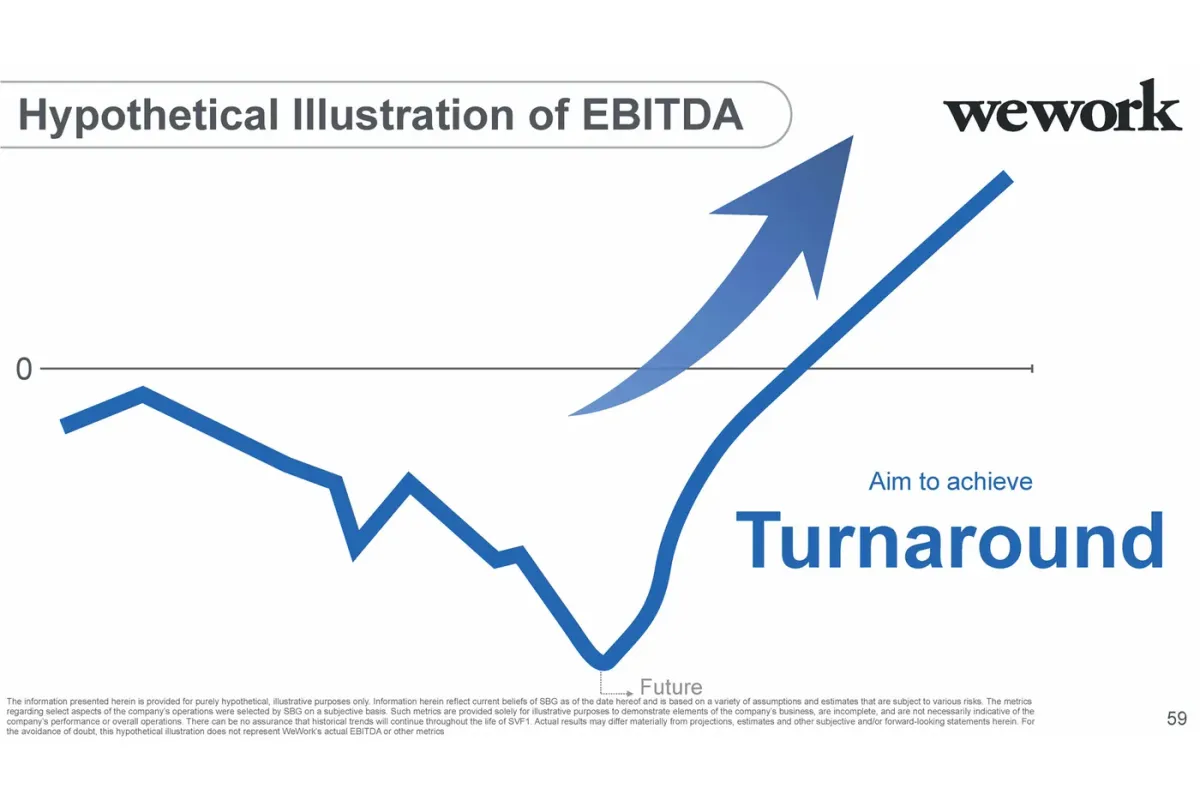What can Adam Neumann teach us about climate tech?
One of the most important lessons for new climate tech investors and a trap we’re all capable of falling for

Adam Neuman convinced investors unfamiliar with real estate to pay tech multiples on a REIT. - Chamath on All-In
For a lot of reasons, I’m a big fan of the “All-In” podcast featuring besties Jason, Chamath, Sacks, and Friedberg.
Thanks for reading Sustainable Returns! Subscribe for free to receive new posts and support my work.
This week, the quote above resonated with me as an analogy for cleantech 1.0 and a lesson for investors new to climate tech in this most recent wave of interest.
Before unpacking how WeWork is a great example of a common climate tech trap, let’s get a few definitions out of the way:
A REIT is a company that owns and typically operates income-producing real estate or related assets.
EV/NTM multiple: the value of a company divided by its anticipated next 12 months revenue
EV/LTM multiple: the value of a company divided by its previous 12 months revenue
P/E ratio: a company’s price divided by its earnings per share
The best way to think about the financial multiples above is in order of risk. NTM is riskier than LTM and LTM is riskier than P/E ratios.
Asset-heavy industries like REITs and infrastructure are valued primarily on the latter - operating leverage matters more than growth.
Now, how does WeWork provide us with a cautionary tale for climate tech?
In January of 2019, WeWork raised a $5B round from Softbank that valued the company at $47B on 2018 revenues of ~$2B - an EV/LTM of 23.5x at a time when the market average was ~8x for REITs.
But, REITs trade mostly on P/E multiples as mentioned above and WeWork’s net income margin was -98% and declining.
This is a good lesson for climate tech investors investing in hardware and infrastructure innovation - paying tech multiples for non-tech investments is a fool’s errand.
Recency bias would insinuate that when you see revenue multiples in the 30-50x range daily, 15-20x feels like a great deal even when that’s not true.
But the market will eventually value the company based on P/E multiples at exit, so the revenue multiple method is even riskier in these cases and should be discounted heavily - often this isn’t the case.
It’s easy in a click-bait world to take a side. Proclaiming “hard tech loses money” or “software won’t get us there” gets more likes and retweets on Twitter, but as always it’s much more complicated than that.
The truth is hard tech and asset-intensive investments can create good returns, but not if they are valued like traditional tech deals with revenue multiples which is what happened with WeWork and Softbank.
Thanks for reading Sustainable Returns! Subscribe for free to receive new posts and support my work.